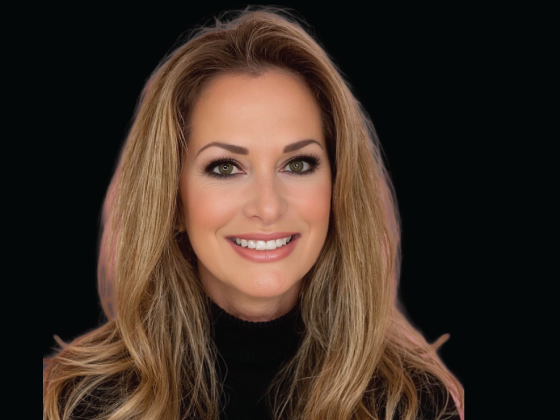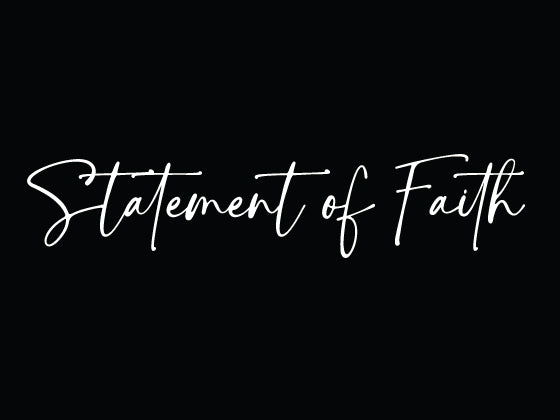READING THROUGH THE BIBLE IN A YEAR
READING THROUGH THE BIBLE IN A YEAR | FRIDAY, OCTOBER 27, 2023
In Luke 14 & 15, Jesus talks about who will enter the kingdom of God: the needy, the humble, the generous, those who come when God invites them, those who endure, and those Jesus seeks. Salvati...
READING THROUGH THE BIBLE IN A YEAR | THURSDAY, OCTOBER 26, 2023
Luke 12 & 13 are about aligning ourselves and our passions toward God and our neighbor, and ultimately toward God's mission. God is reminding us that greed is a very human feeling. And more ...
READING THROUGH THE BIBLE IN A YEAR | WEDNESDAY, OCTOBER 25, 2023
Jesus commissions seventy-two of His followers for a unique mission. They are sent into towns and villages, preparing people for Jesus' ministry. Those who accept the message will be blessed; those...
READING THROUGH THE BIBLE IN A YEAR | Tuesday, October 24, 2023
Jesus heals the man by putting mud on his eyes and sending him away to wash. The end result is a man who can see, though he'd never been able to before. The ideas of light, sight, and blindness are...
READING THROUGH THE BIBLE IN A YEAR | MONDAY, OCTOBER 23, 2023
First Timothy 2:1–8 provides a perspective on prayer. Christians are not only supposed to pray, but to pray for all people. This even includes kings, rulers, and government officials. The basis for...
READING THROUGH THE BIBLE IN A YEAR | SUNDAY OCTOBER 22, 2023
The first chapter of 1 Timothy frames the situation Paul is concerned about. In particular, he is worried about the false teachers plaguing the Ephesian church. These men are misusing the law, teac...
READING THROUGH THE BIBLE IN A YEAR | SATURDAY, OCTOBER 21, 2023
The transfiguration story is directly preceded by a conversation about Jesus’ identity. When Jesus asks who others think he is, the disciples answer, “John the Baptist; but others, Elijah; and stil...
READING THROUGH THE BIBLE IN A YEAR | FRIDAY, OCTOBER 20, 2023
Jeremiah shows us the riches of the new covenant. Through this new covenant, God deals decisively and finally with sin, writes his law on the hearts of his people, and promises "I will be their God...
READING THROUGH THE BIBLE IN A YEAR | THURSDAY, OCTOBER 19, 2023
Again, we see two different accounts of the life of Jesus as written by Matthew and Mark. Mark's Gospel is a narrative that Jesus is the Messiah and Son of God, whose death and resurrection paid t...










